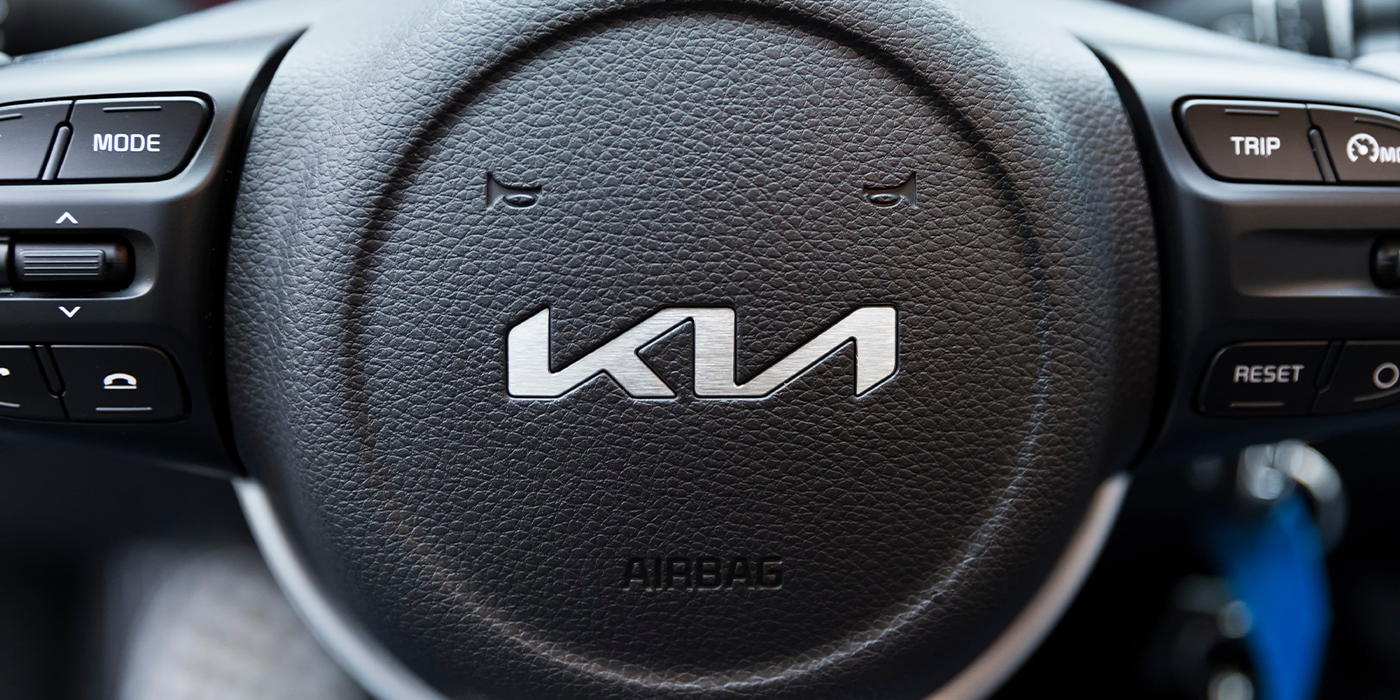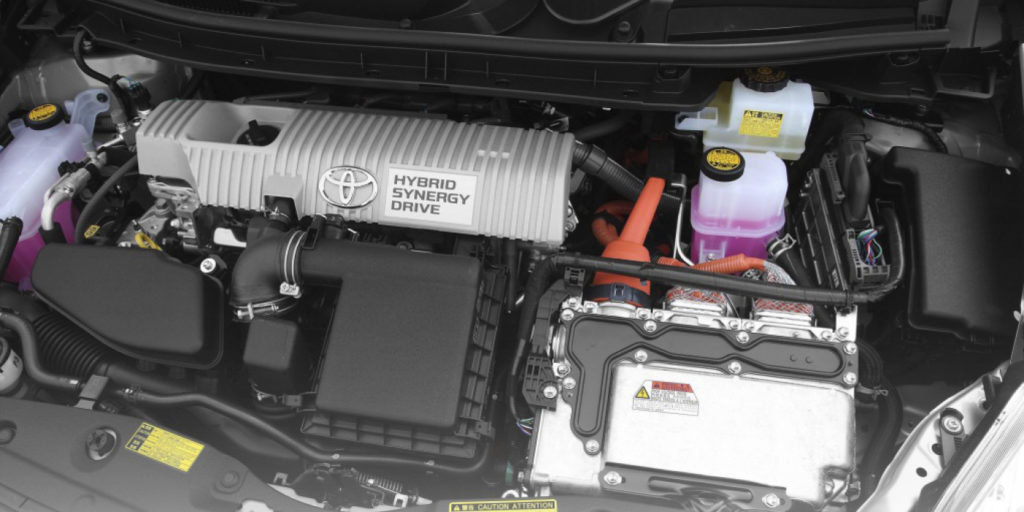Applies To: Chevy/GMC, Ford, Mazda and Isuzu 4-wheel-drive vehicles equipped with transfer case motors.
Problem: Unable to change to 4-wheel-drive mode. Possible transfer case motor failure.
Solution: Replace defective original motor with a CARDONE remanufactured unit.
Installation Tips:
Most units fail because of water or mud intrusion. Carefully inspect the motor boot or protective coverings. Be sure the connector seals can keep water and debris out. Check the wiring harness and connector.
Replace or repair wiring as necessary. After installation, periodically select 4-wheel-drive mode to ensure operation when needed.
Replacement motors for GM vehicles are supplied in 2-wheel-drive position. If necessary, select or move the transfer case into 2-wheel-drive before installation of the replacement motor. GM applications will require a scan tool to clear the codes from the transmission control module (refer to the vehicle service manual for correct tool and procedures).
Ford applications require transfer of wire connector pins. Be sure to record pin location before removing the original unit.
Courtesy of CARDONE Industries, Inc.













